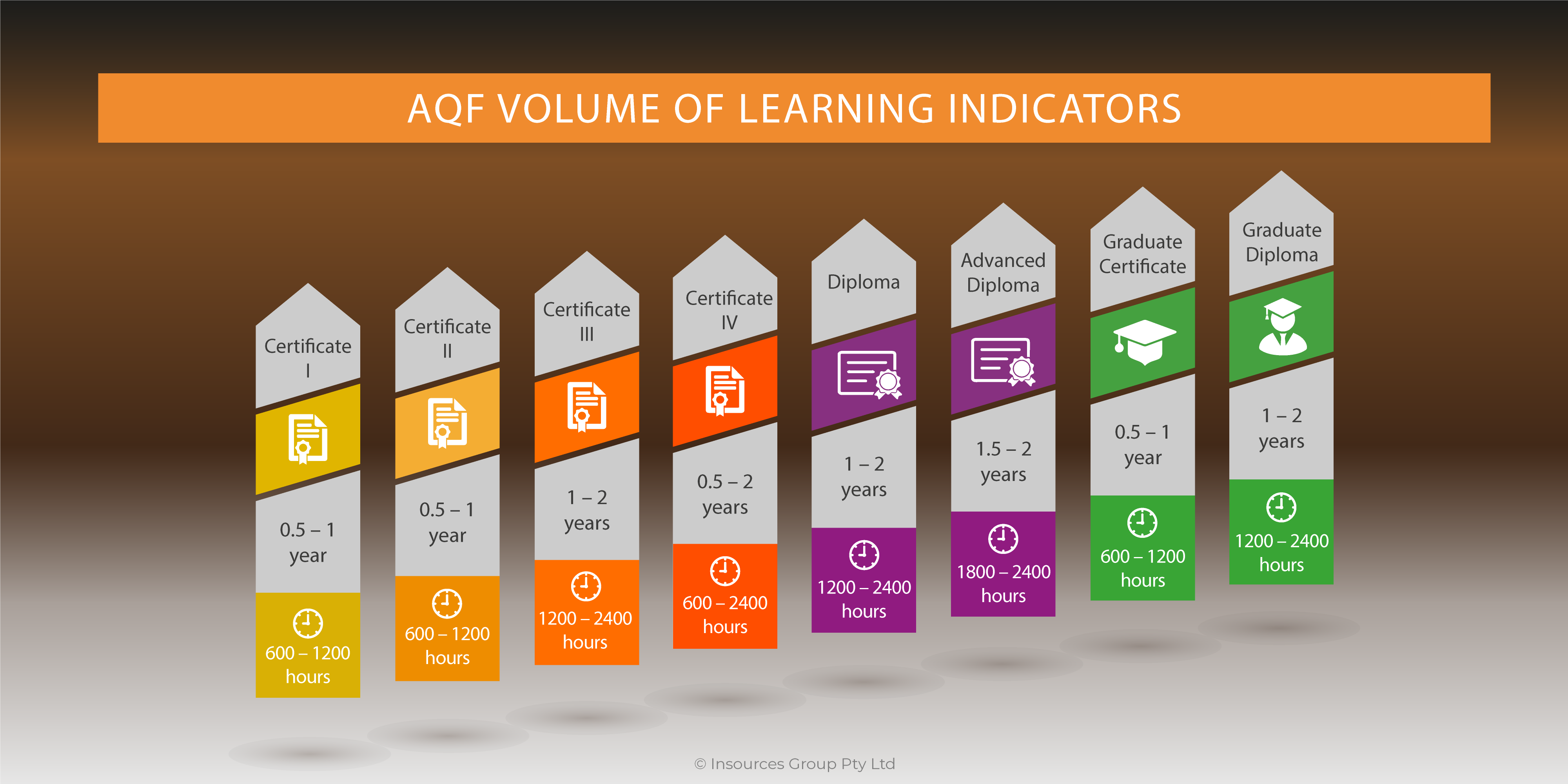When navigating a heavily regulated industry, such as our VET industry, you can find yourself in a sea of external and internal standards that require personnel compliance with processes, procedures and documentation. Designing and facilitating high-quality training is one approach to improve employee compliance we have been using at Insources for more than 10 years.
Here are four tips for designing and facilitating training with compliance in mind.
Don’t Just Answer “Why”
An important element of adult learning programs is defining “why” learners are present. But sometimes the answer might be the boring reality that training is simply a mandatory requirement for a regulatory authority, such as the required PD for trainers. In other cases, training may be a result of a recent incident, a very common scenario for safety training. While these reasons are valid, it’s also important to answer “why” with a response that stimulates engagement. If one of the training goals is to change attitudes or behaviours, which may lead to greater compliance, then trainers need to explain why training is essential to the learner’s daily function, role in the organisation, or career development.

Often when I’m personally delivering compliance training, I engage learners immediately by using the storytelling technique, which is one way to address this issue. An effective story will not only captivate your audience’s attention, but it can also help you establish credibility. Storytelling can help trainers quickly build a frame of reference for learning and explain why learners should remain attentive throughout the course. More importantly, it demonstrates a personal understanding of the learners’ struggles with compulsory training.
Simplify Technical Content When Possible
Resources for compliance training are usually full of legal jargon. If feasible, summarise and simplify regulatory or technical information. Translate technical language into specific, clear and actionable items. Complex background information does need to be presented, but trainers should be concise and hone in on the take-away items learners need to know and perform on the job. Easy-to-use support materials or job aids, such as checklists and flowcharts, can help break down and simplify the behaviours and actions required to achieve compliance.
Consider All Perspectives
In many cases, compliance training focuses on delivering case studies and reports that document incidents, and cases that stem from “what not to do”. Although it is important to learn from these types of case studies, trainers should seek out and highlight case studies that document successful behaviours.
Be sure to give equal time to strategies, best practices and examples of the positive results that occur because of adhering to quality standards. It is particularly important to use case studies and examples that demonstrate the value of meeting compliance requirements.
Lead With Attitude
Don’t limit your leadership to the confines of formal training. When you engage attendees with pre- and post-training communication it demonstrates effective leadership, clear communication and genuine interest outside of scheduled training hours. Your actions may encourage learners to adopt similar attitudes.

No doubt, captivating storytelling, easy-to-understand summaries, relevant and diverse case studies and positive leadership can lead to increased compliance with policies and procedures. But keep in mind that training is only one method to change behaviours and improve compliance—and it may not be the solution for every performance problem.




